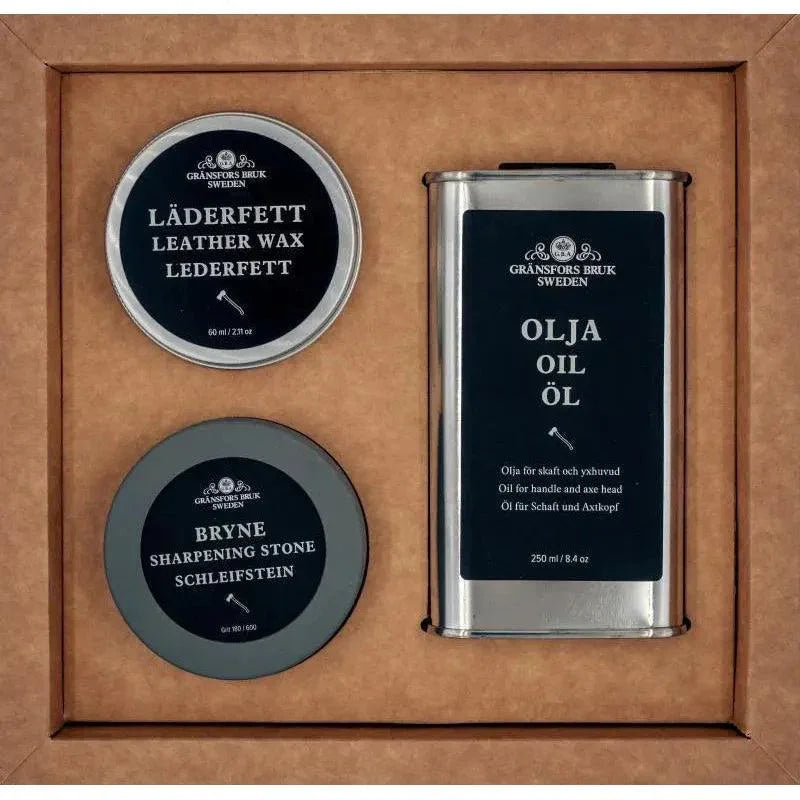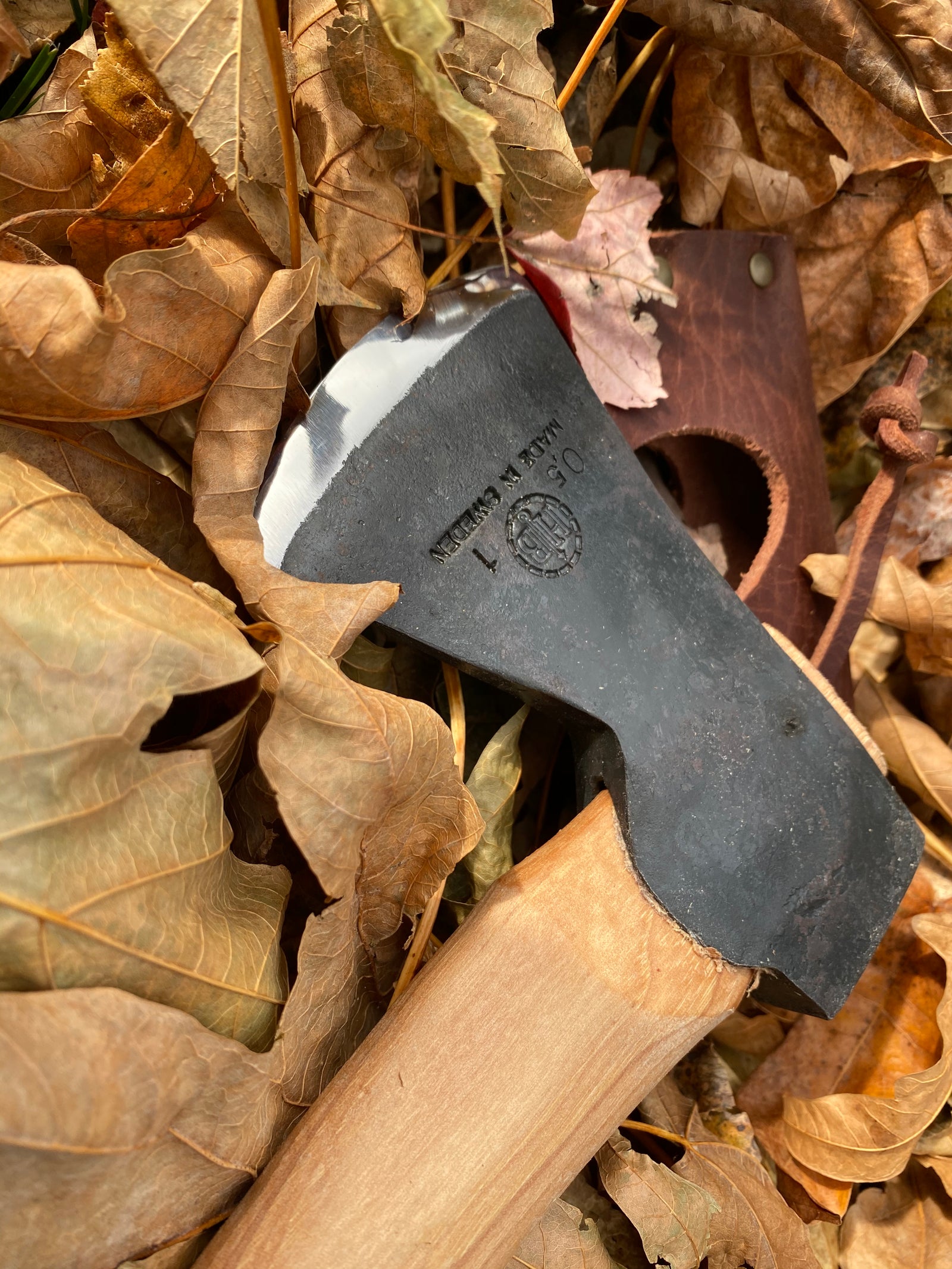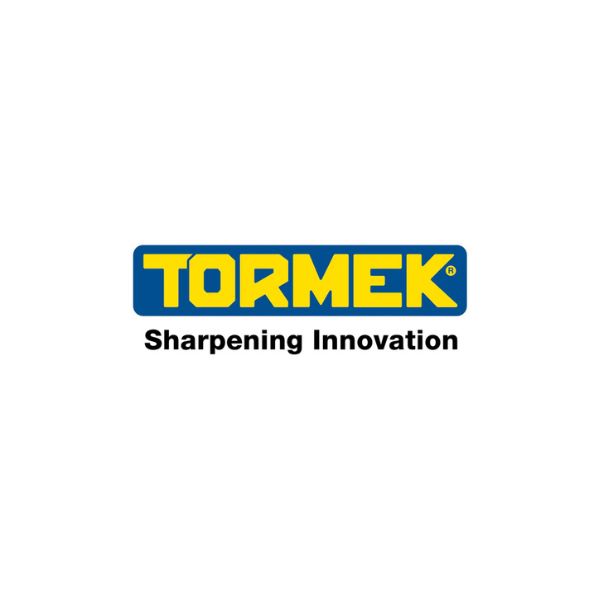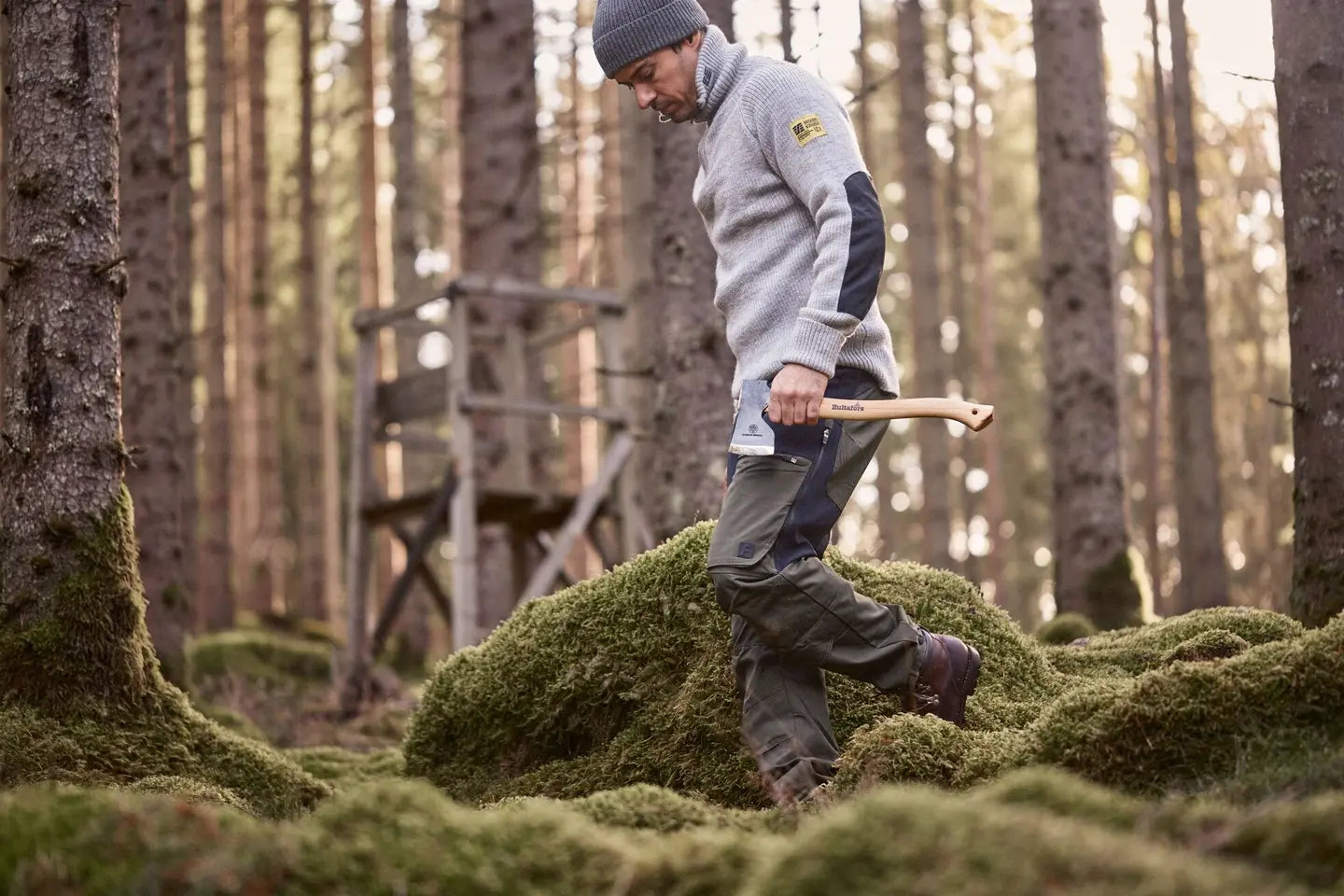
Selecting the right wood for your axe handle is crucial for ensuring the longevity and performance of your axes and hatchets. Quality wood not only enhances the tool's durability but also improves its overall feel and effectiveness. Whether you're working with hand saws or sharpening tools, the handle's material plays a significant role in your woodcutting experience. In this article, we'll explore the best wood types for hatchet and axe handles, including those used in renowned brands like Hultafors axes. Keep reading to discover how to evaluate, prepare, and preserve your axe handle for optimal performance and comfort.
Why Wood Quality Matters for Axe Handles

Your hultafors axes handle's wood quality can make or break your chopping experience. Whether you're swinging hatchet and axe handles a hefty Fiskars collection axe or a compact hatchet, the wood beneath your grip plays a crucial role. It's not just about looks; the right wood ensures your tool lasts longer and performs better. You'll want to consider grain orientation, wood density, and the balance between flexibility and strength. These factors affect how your handle withstands impact, resists splitting, and transfers energy efficiently. Even the best sharpening tools can't compensate for a poor-quality handle. Let's chop into the details of selecting wood that'll keep your axes and hatchets, hand saws swinging true for years to come.
Understanding the Role of Grain Orientation
Grain orientation in your hultafors hatchet and axe handles and axes and hatchets isn't just a fancy term; it's the key to a tool that won't let you down. Straight-grained hickory, with fibers running parallel to the handle's length, offers superior strength and shock absorption. While the unit price might be higher for handles with optimal grain, they're worth every penny when it comes to durability and performance.
- Straight grain: Ensures maximum strength
- Parallel fibers: Enhance shock absorption
- Hickory wood: Preferred for its durability
- Higher price: Reflects quality and longevity
- Leather grip: Optional addition for comfort
The Impact of Wood Density on Durability
You'll find that wood density plays a crucial role in your hultafors axe handle's durability. Denser hatchet and axe handles, like hultafors axes favored by many a lumberjack, resist wear and tear better than softer alternatives. While a denser hatchet and axe handles might set you back a few more USD, it'll outlast cheaper options and save you from frequent replacements. Remember, your hultafors axes and hatchets handles take a beating with each swing, much like a hammer, so investing in quality pays off in the long run.
Balancing Flexibility and Strength in Wood Choices
You'll want a wood that strikes the perfect balance between flexibility and strength for your hultafors axes and hatchets hatchet and axe handles handle. Hickory excels here, offering enough give to absorb shock without compromising durability. This balance is crucial for preventing handle breakage and reducing hand fatigue during extended use. Consider these factors when choosing your hultafors axes handle wood:
- Shock absorption capabilities
- Resistance to splitting
- Overall durability
- Weight-to-strength ratio
- Comfort during prolonged use
Top Wood Types for Durable Axe Handles
Selecting the right wood for your hultafors axes handle is crucial for durability and performance. You'll find several options that stand out, each with unique qualities suited for different needs. Hickory remains a favorite among axe enthusiasts hatchet and axe handles, but alternatives like ash, maple, and even exotic woods like black locust offer their own advantages. Understanding the strengths of each wood type will help you make an informed choice that matches your specific requirements, whether you're a professional logger or a weekend warrior.
The Timeless Choice: Hickory Wood
You can't go wrong with hultafors axes and hatchets for your axe handle. Its dense grain and shock-absorbing properties make it the go-to choice for professionals and hobbyists alike. Hickory hatchet and axe handles withstand repeated impacts, resist splitting, and offer a comfortable grip that improves with use.
Ash Wood: An Alternative With Traditional Appeal
Ash wood offers a compelling alternative to hickory for your hatchet and axe handles. It boasts similar strength and shock-absorbing qualities while being slightly lighter, which can reduce fatigue during extended use. You'll appreciate ash's straight grain and flexibility, making it less prone to splintering under heavy impacts hultafors axes:
- Lightweight yet durable
- Excellent shock absorption
- Straight grain for added strength
- Flexible to resist splintering
- Traditional appeal for craftsmen
The Hardness of Maple and Its Suitability
Maple's hardness makes it a solid contender for your hultafors axes and hatchets handle. You'll find its tight grain structure resists dents and wear, while its natural beauty adds a touch of elegance to your tool. Keep in mind that maple's stiffness may transmit more shock to your hands compared to hickory or ash, so consider this if you're planning long chopping sessions.
Exotic Options: Black Locust and Its Characteristics
Black locust offers exceptional durability for your hultafors axes and hatchets, hatchet and axe handles, rivaling even hickory in strength and rot resistance. You'll find this wood particularly suited for outdoor use, as it naturally repels water and resists decay. While less common than traditional options, black locust's density and toughness make it a premium choice for those seeking long-lasting performance:
- Extremely hard and dense
- Naturally rot and decay resistant
- Excellent for outdoor use
- Comparable strength to hickory
- Premium option for longevity
Evaluating Wood for Axe Handle Projects

Selecting the right wood for your hultafors axe handles demands a keen eye and practical knowledge. You'll need to scrutinize potential hatchet and axe handles, hand saws wood pieces for defects that could compromise strength and durability. Understanding the optimal moisture content is crucial, as it affects the handle's performance and longevity. Knowing where to source high-quality wood can make or break your project. Let's dive into these critical aspects of axes and hatchets to ensure you craft an axe handle that's built to last and perform under pressure.
Identifying Defects in Wood Before Selection
You'll need to scrutinize potential hultafors axes and hatchets pieces carefully before selecting them for your hatchet and axe handle. Look for straight grain running the length of the piece, avoiding any knots, checks, or spiral grain that could weaken the handle hand saws. Run your hand along the surface to feel for any irregularities, and examine the end grain for signs of decay or insect damage. Remember, even small imperfections can lead to failure under the stress of chopping, so be thorough in your inspection.
The Importance of Wood Moisture Content
You'll want to pay close attention to the moisture content of your chosen hultafors axes hultafors axes wood for an axe handle. Aim for wood with a moisture content between 10% and 15%, as this range provides the ideal balance of strength and flexibility. Wood that's too dry can be brittle and prone to cracking, while overly moist wood may warp or shrink as it dries, compromising the hatchet and axe handles integrity and your axe's performance.
Sourcing Quality Wood for Your Handle
You'll find quality wood for your hatchet and axe handles, including hultafors axes, at specialty lumber yards or woodworking supply stores. These sources often stock seasoned hardwoods like hickory and ash, specifically cut for tool handles. For the best selection, consider contacting local sawmills or arborists who might have access to premium, air-dried wood suitable for your project.
Step-by-Step Guide to Preparing Wood for Axe Handles

Crafting your own hultafors axes handle from raw wood requires skill, patience, and the right approach. You'll need to select appropriate tools like hand saws, shape the wood with precision, and apply proper finishing techniques to ensure longevity. This process transforms a rough piece of timber into a smooth, durable hatchet and axe handles that fits your grip perfectly. Let's walk through the essential steps, from choosing your tools like sharpening tools to applying the final protective coat, ensuring you create an axes and hatchets handle that's both functional and long-lasting.
Selecting the Right Tools for Shaping Wood
You'll need the right tools to shape your hatchet and axe handle effectively. A drawknife is essential for rough shaping, while a spokeshave helps refine the contours. Don't forget a good set of rasps and files for smoothing out surfaces and achieving the perfect fit. Here's a list of tools you should consider: hultafors axes
- Drawknife for initial shaping
- Spokeshave for refining curves
- Rasps and files for smoothing
- Sandpaper for final touches
- Calipers for precise measurements
Shaping the Handle: From Rough Cut to Final Form
You'll start shaping your axe handle by roughing out the basic form with a drawknife, removing excess wood to create the general shape. Next, use a spokeshave to refine the curves and smooth out any rough areas left by the drawknife. Finish up with rasps and files to perfect the contours and ensure a comfortable grip, paying special attention to the areas where your hand will make contact during use.
Sanding and Finishing Techniques for Longevity
Sand your hultafors axes handle progressively, starting with coarse grit and working your way to fine. Apply a thin coat of boiled linseed oil to protect the wood and enhance its natural beauty. Let each coat dry thoroughly before applying the next, building up layers for increased durability and water resistance.
The Effect of Handle Shape on Performance and Comfort

Your hultafors axes handle's shape significantly impacts both performance and comfort during use. A well-designed hatchet and axe handles handle enhances your swing efficiency, reduces fatigue, and minimizes the risk of injury. You'll find that different handle shapes cater to specific tasks and personal preferences. By analyzing various designs and customizing the shape to fit your grip, you can create an axe that feels like an extension of your arm. Let's explore how handle geometry affects your chopping power and how you can tailor it for optimal comfort.
Analyzing Different Handle Shapes for Task Efficiency
You'll find that different hatchet and axe handles shapes cater to specific tasks, enhancing your efficiency and comfort. Straight handles offer versatility and are ideal for general-purpose use, while curved handles provide better leverage for felling trees. S-shaped handles, though less common, can improve your grip and reduce hand fatigue during prolonged use.
Customizing Handle Shape for Personal Grip Comfort
You can tailor your hultafors axes and hatchets handle's shape to fit your unique grip and improve comfort during use. Start by creating a clay imprint of your hand grip on the hatchet and axe handles, then carefully carve away excess wood to match this custom shape. Fine-tune the contours with rasps and sandpaper until the handle feels like a natural extension of your arm, paying special attention to pressure points and ensuring a secure grip in various swinging positions.
Preserving Your Axe Handle for Years to Come

Your hultafors axe handle's longevity hinges on proper care and maintenance. Regular upkeep not only extends its life but also ensures peak performance when you need it most. From applying protective oils to identifying early signs of wear on hatchet and axe handles, you'll find that a little attention goes a long way. Let's dive into the essentials of axe handle preservation, covering maintenance routines, the best protective treatments, and how to spot and address potential issues before they compromise your tool's integrity.
Regular Maintenance Tips for Wood Handles
Keep your hultafors axes and hatchets handle in top shape with regular maintenance. Apply a thin coat of boiled linseed oil every few months to protect the wood from moisture and prevent cracking. Store your axe in a dry place when not in use, and avoid prolonged exposure to direct sunlight or extreme temperatures. Here's a quick maintenance checklist:
- Wipe down the handle after each use
- Check for splits or cracks regularly
- Sand out any rough spots
- Re-oil the handle every 3-4 months
- Keep the axe head properly secured
The Role of Oils and Waxes in Wood Preservation
You'll find that oils and waxes play a crucial role in preserving your hultafors axe handle's wood. Boiled linseed oil penetrates deep into the wood fibers, providing protection from moisture and reducing the risk of cracking. Apply a thin coat of beeswax over the oil for added water resistance and a smooth finish. This combination not only protects your hatchet and axe handles but also enhances its natural beauty:
- Boiled linseed oil for deep protection
- Beeswax for water resistance
- Enhances wood's natural appearance
- Reduces risk of cracking and splitting
- Creates a smooth, comfortable grip
Spotting Signs of Wear and How to Address Them
Keep a close eye on your hultafors axes handle for signs of wear to address issues early. Look for small cracks, especially near the axe head or along the grain, and feel for any roughness or splinters developing on the hatchet and axe handles surface. If you spot minor cracks, apply wood filler and sand smooth before re-oiling. For more severe damage, consider replacing the handle to ensure safety and optimal performance. Regular inspections can help you catch problems before they worsen:
- Check for cracks near the axe head
- Feel for roughness or splinters
- Apply wood filler to minor cracks
- Sand and re-oil after repairs
- Replace handle if severely damaged
Conclusion
Choosing the right wood for your axe handle significantly impacts its durability and performance. High-quality woods like hickory, ash, and maple offer the ideal balance of strength, flexibility, and shock absorption needed for effective and long-lasting use. Proper wood selection, combined with careful preparation and maintenance, ensures your axe handle withstands the rigors of chopping and splitting tasks. By investing time in selecting and caring for your axe handle, you'll create a tool that not only performs better but also lasts for years to come.
























Leave a comment (all fields required)